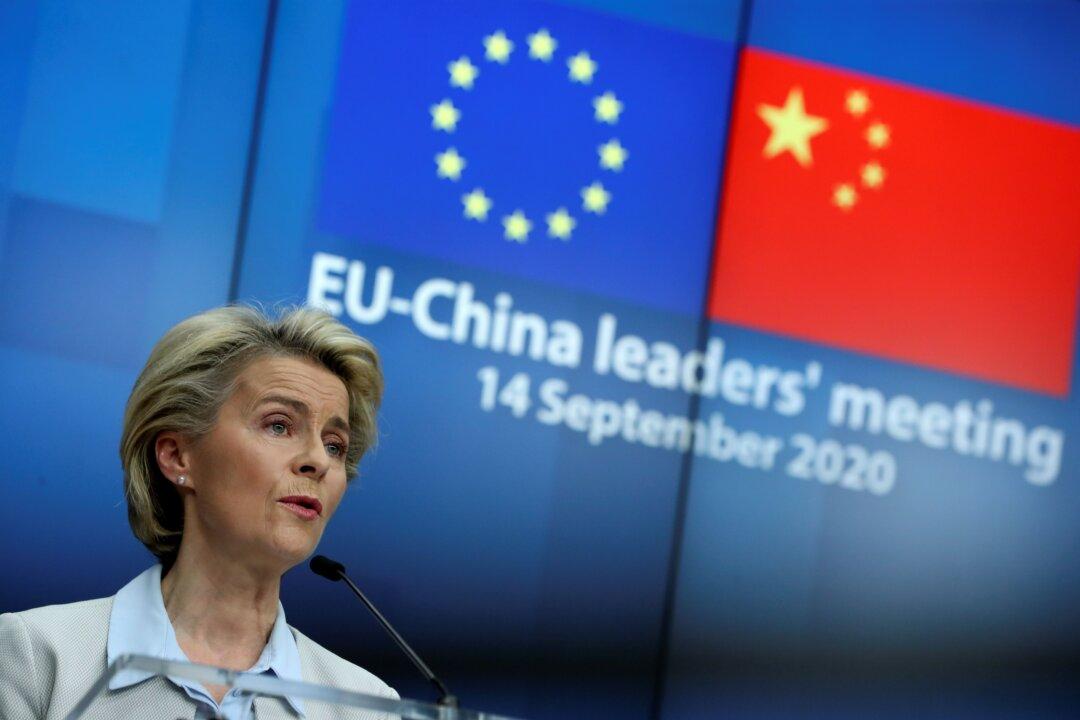Commentary
The European Union (EU) has made substantial changes in China policy, and the European Parliament further outlined a new EU strategy on China on Sept. 16.

The European Union (EU) has made substantial changes in China policy, and the European Parliament further outlined a new EU strategy on China on Sept. 16.